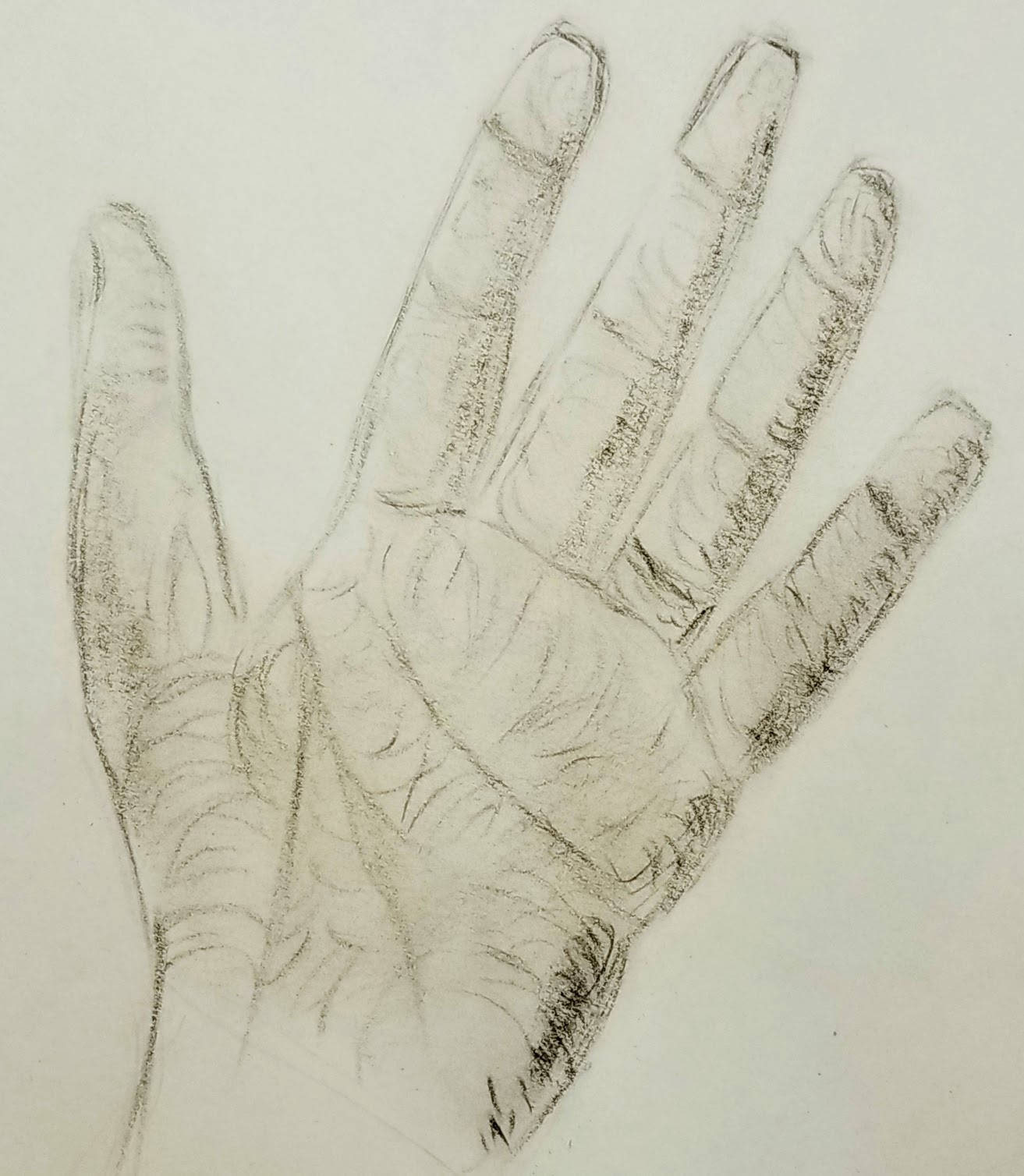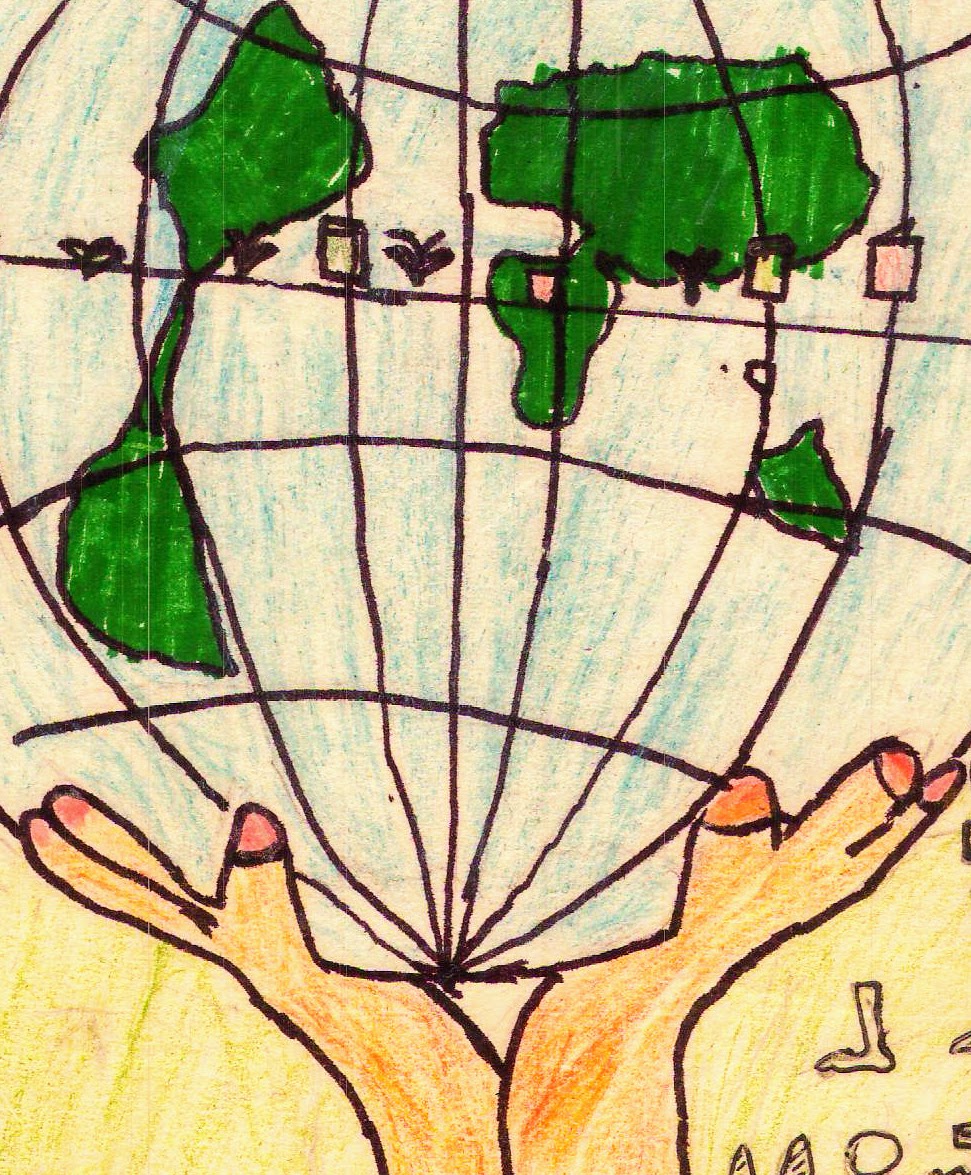My dad has been trying to convince me to do something non-technical for a while, to find a hobby where I don’t write code. I didn’t think I have ever had it in me. I tried music before, and I sold my brand-new guitar in less than a month. I have doodled a lot, but my drawing—well, it is an insult to call them art. You might understand why I never got into it. I always believed that I am channeling my creativity through code.
Fast forward, and out of nowhere, I just had that urge to check a drawing school. I don’t know if it was trying to make my dad happy, or just being bored and wanting to try something new. Maybe I tried to justify my obsession with buying the Samsung Note series. I have no idea, it just popped in my mind, and I did some research. I found a course in AGO - Art Gallery of Ontario, and I signed up for a workshop that will begin a few months later.
The AGO staff greeted me with a smile and guided me through to the workshop place. There were multiple workshops for different types of art, which were separated by makeshift wooden walls. Those walls are thin enough that the slightest whisper was heard through the thin walls. You can imagine a loud workshop environment; the first few minutes were not pleasant. I can’t hear well to start with, and the noise didn’t make it any easier.
The situation was very intimidating! I went to the workshop area where there is a big table with various objects on it. To me, it was clear that the intention was to draw some of those objects during the workshop. I felt that the level of the class was way beyond my skills. After all, the last thing I drew was more than 25 years ago, and it wasn’t pretty. There were about ten students in the workshop, some of whom had some drawing experience.
Claire Greenshaw, the instructor, went through introducing herself and explaining what the workshop syllabus was expected to be, and what we would need to buy for the next workshops. In that part, she made sure to stress that we didn’t need to get fancy in our purchases.
The next step was to pair us into a group of two. Each one was to try to draw the other’s face in ink while looking at their face and not glancing at the paper at all. We did that exercise about ten times, including twice with the non-dominant hand. Nope, it wasn’t getting better. I felt sorry for my partner; my drawing of her was more of a vase rather than a human being. My colleague, on the other hand, did a much better job—I still looked more like a monkey though—a monkey with glasses!
In the next step, we had two exercises in drawing items from the table. The closest object to me was a pear on top of a green pepper! I tried that in pencil and then in ink. In both cases, it was much better than I would have expected. Yes, it still didn’t genuinely look like a pear on top of a green pepper. Nope, I am not going to say what it did appear to be!
Then there was a challenging exercise, Draw your hand! Claire explained that we shouldn’t draw our hands from memory but rather how we see it. She told us that our brain tends to delete details. If we try to draw our hands from memory, we will end up with a glove-like thing! It is our brain’s capacity of generalization and deleting the non-essential.
During the previous exercise, I realized I am not good at this, but at the same time, I realized I am good with straight lines, angles, and general geometrical shapes. When I started my hand exercise, I decided to take advantage of that. I began to draw just straight lines highlighting the outline of the hand. I only focused on how certain lines go against one another, relative length, angles between the lines, and the like. After getting the initial outline, I had something that, to some degree, captures the shape correctly. I started next to fill in the outline curves, followed by the details.
My colleagues did a better job in general. Many of them already had background drawings. Most of them went ahead of me, putting more details than I did. One person even drew their hand semi-closed, which I think is a harder thing to do. Nonetheless, then the next exercise is what made it clear to me that my lack of knowledge about drawing might be a strength, not a weakness.
In the next exercise, Claire asked us to draw the object closest to us again, armed with the knowledge we have gained from the previous activity. We may start shading if we finish the outline, but the outline is the most important. We had an hour for that exercise. I decided I was not going to shade; I would instead get as much outlining as I could. I would start with the pear-pepper thing and then expand to its surroundings—the vase in the background, the espresso pot, the wrinkled tablecloth.
Patience is a virtue that I don’t usually have, but for some reason, it was bestowed upon me going through this exercise, and oh boy! It was lots of fun and very much a challenge. The challenge was the conflict between what I genuinely see and what my brain is telling me it sees. Claire helped by jumping in at multiple points when that conflict showed on my outline. She taught me a nice trick, use the pencil as a measuring tool to have a sort of an idea of how different lines measure against one another. The more I draw, the more my brain screams. But I ignored it. The most critical skill is not to learn but to unlearn. There was a great deal of unlearning.
The hour was out, and I got an outline going. My sketch covered more details compared to almost anyone else. Other people had well-shaded drawings of certain items on the table, and they were almost complete. Mine was an outline of more objects surrounding my central object. I was very impressed with myself.
Drawing, such an intimidating activity that I have always thought it is unapproachable because I don’t have it in me. Turned out to be a matter of knowing the techniques and practice. Yes, there is a talent, but with learning and practice once can get 80% of the way. The other talent-based 20% can be tapped into with a great deal of practice. However, for me, 80% is more than I would have sought. Now, I only need to keep practicing getting my lines right.


Comments powered by Disqus.